DATA 200: Database Design, ER Diagram, and Implementation Report
VerifiedAdded on 2023/06/11
|6
|633
|295
Report
AI Summary
This report provides a comprehensive overview of database concepts, focusing on the implementation of a database for an Emergency Unit using MS Access. It begins with the creation of an ER diagram to identify key business rules, followed by the development of the database in MS Access. The entities included are doctors, nurses, receptionists, patients, medicines, beds, prescriptions, and admissions. The report also covers the normalization of the database tables, ensuring that they meet the first, second, and third normal forms. Furthermore, the report includes several SQL queries designed to retrieve specific information from the database, such as doctor details, admission records, and bed allocations. The assumptions and business rules used in the database design are also outlined. The document includes two ER Diagrams, one old and one new, and the bibliography lists the resources used. This assignment demonstrates the ability to design and implement a relational database effectively using MS Access.
1 out of 6

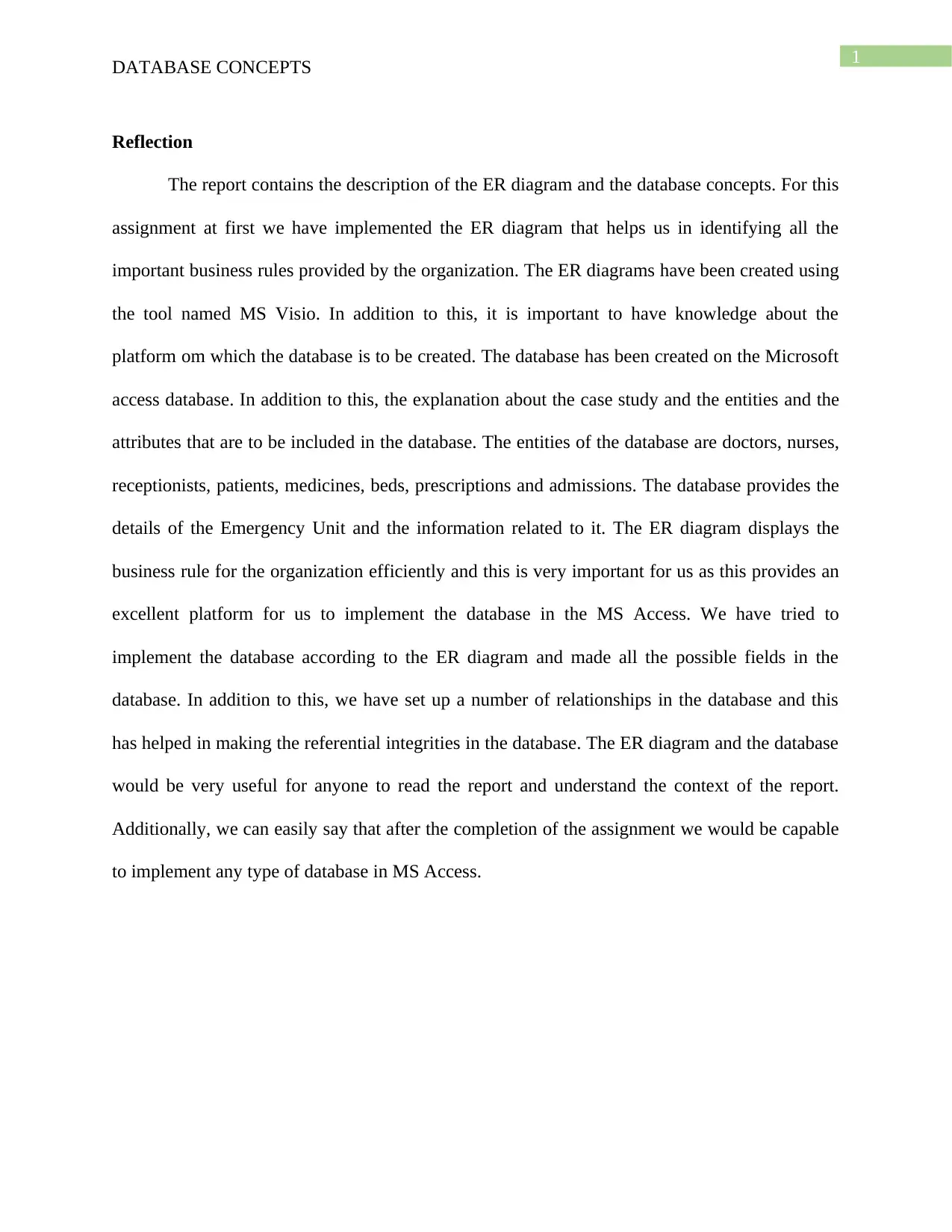
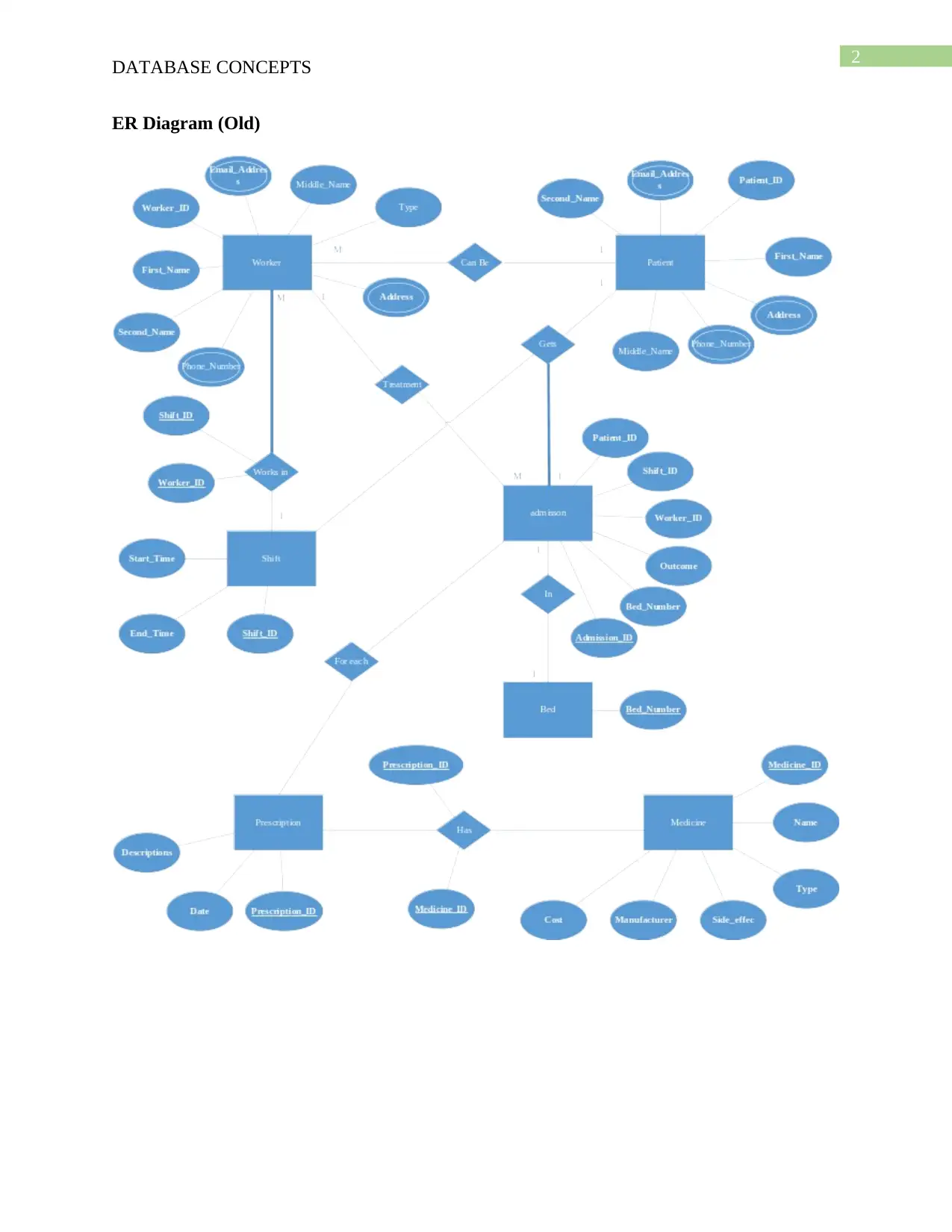

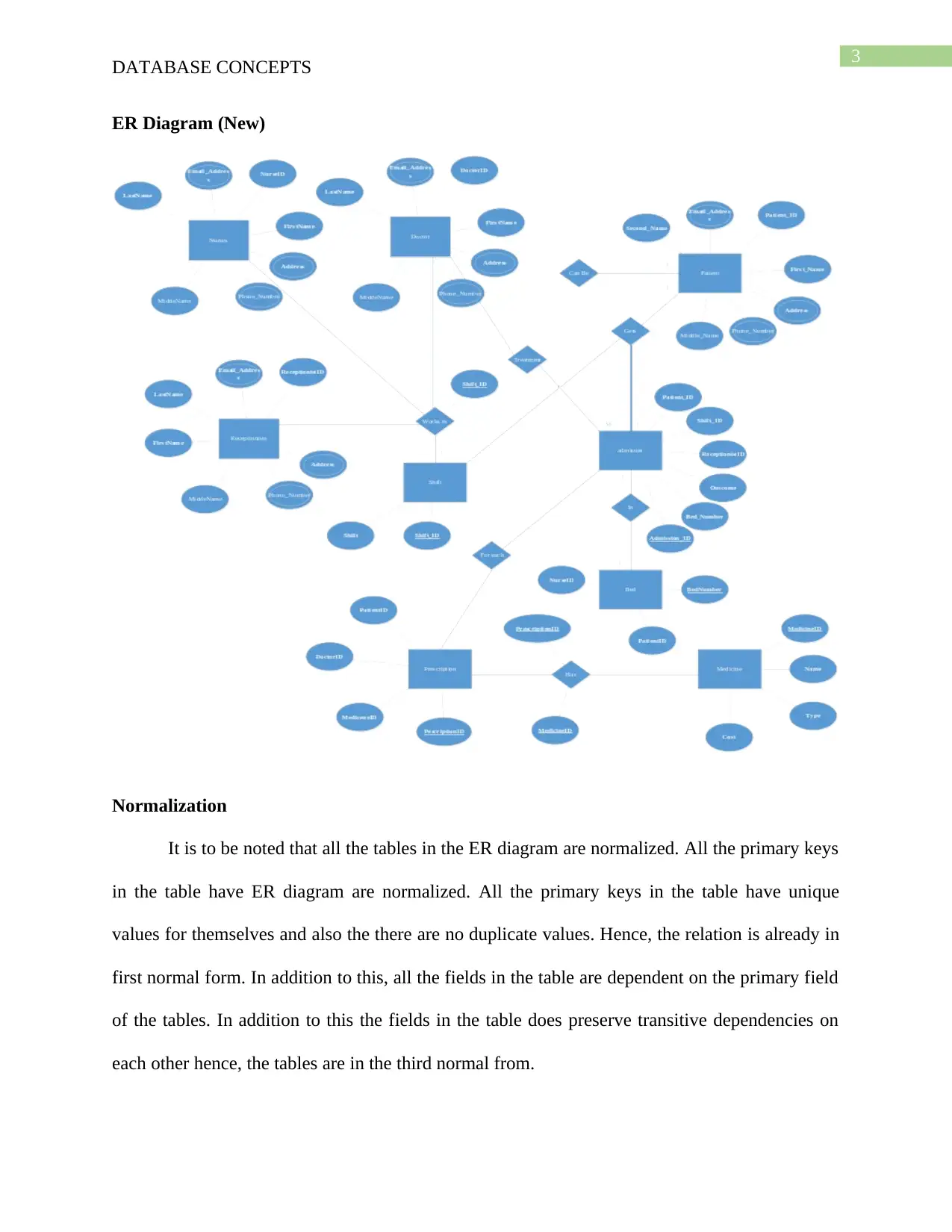
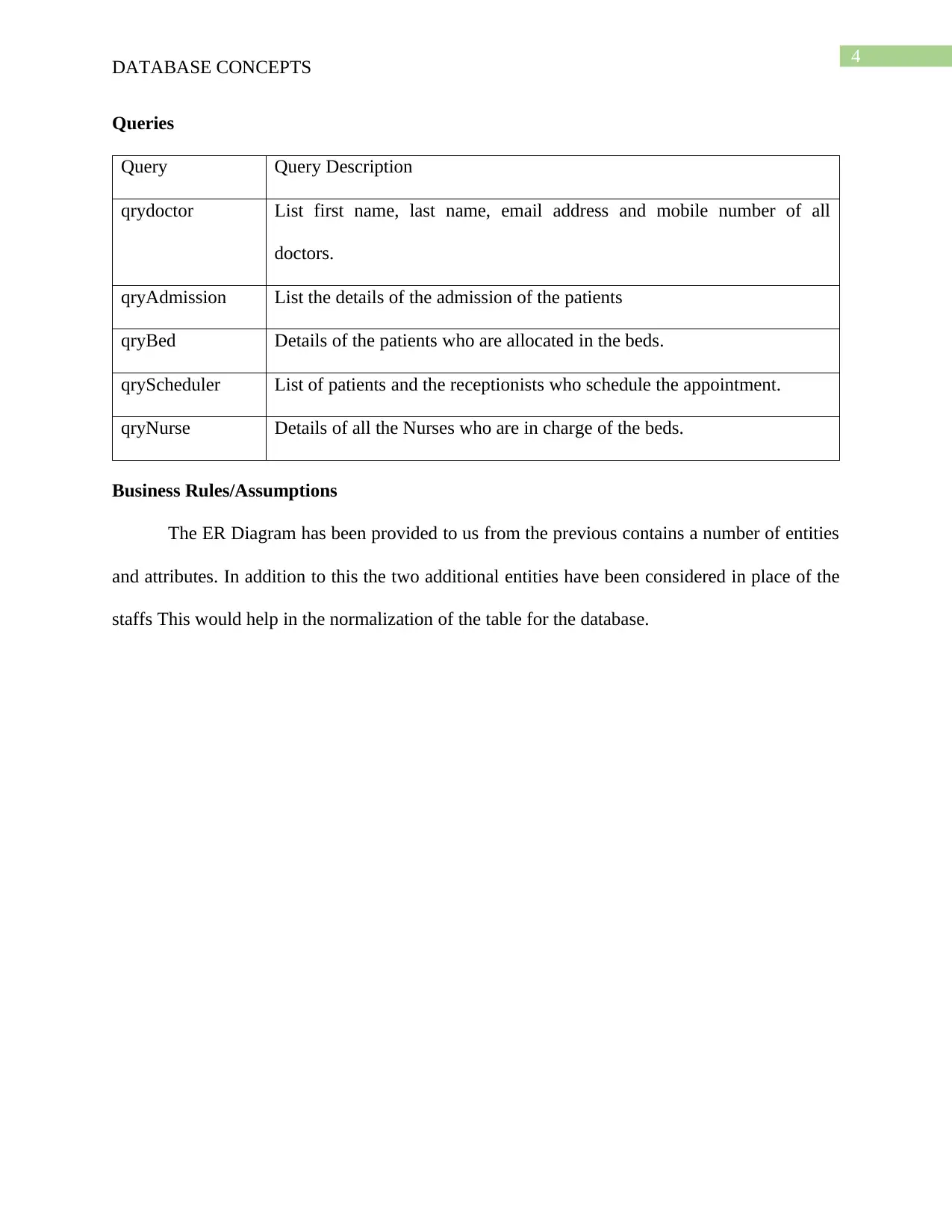
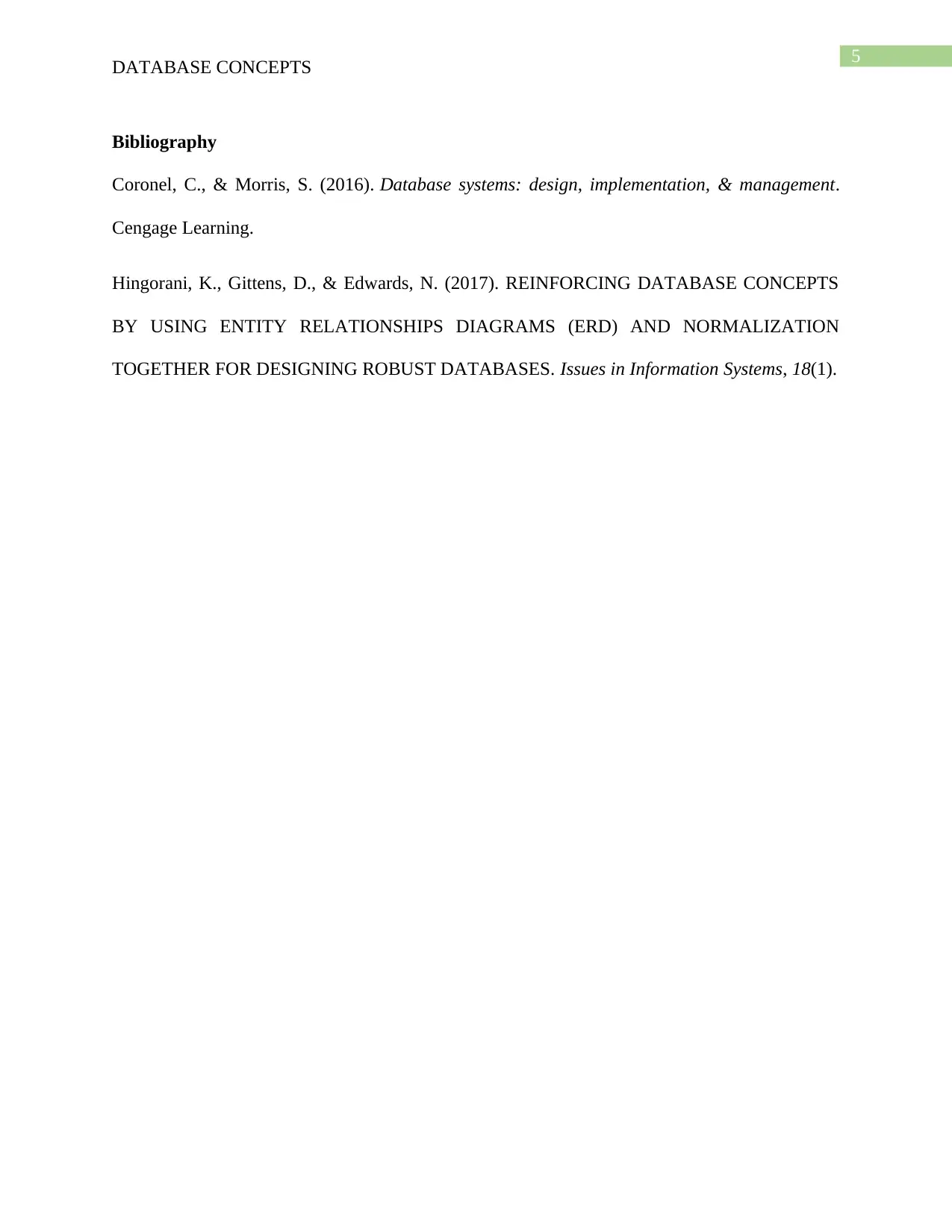






![[object Object]](/_next/static/media/star-bottom.7253800d.svg)